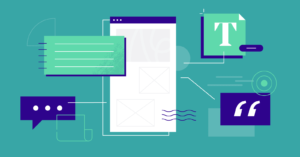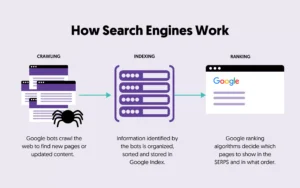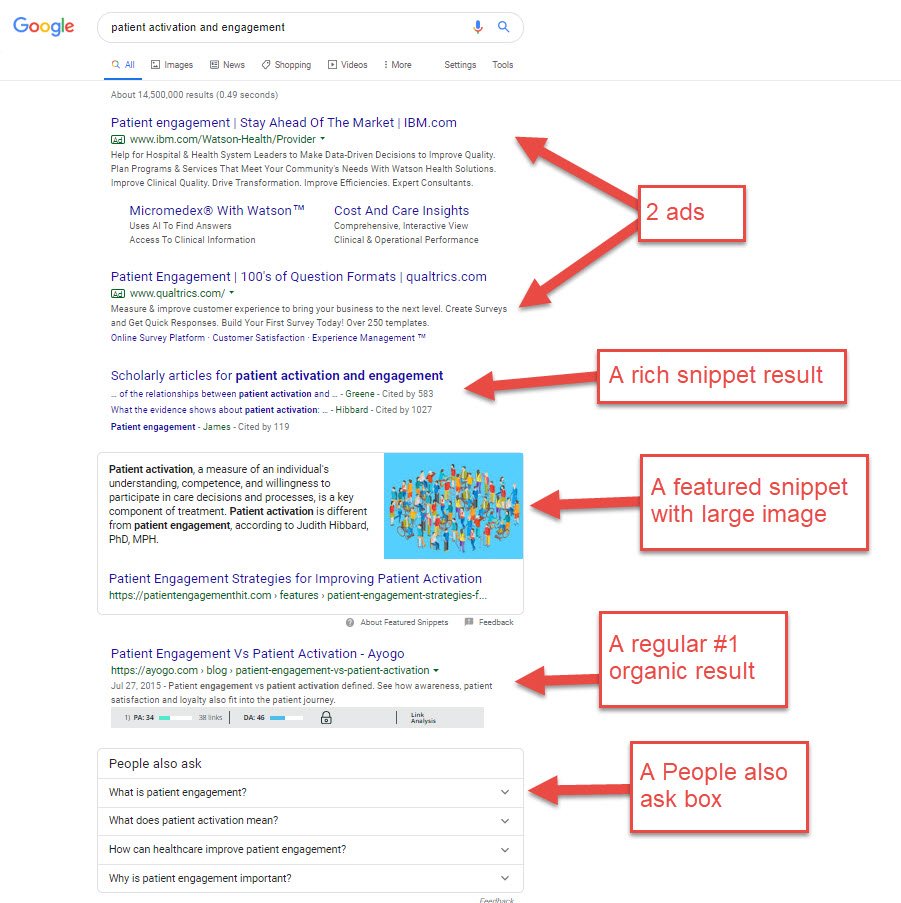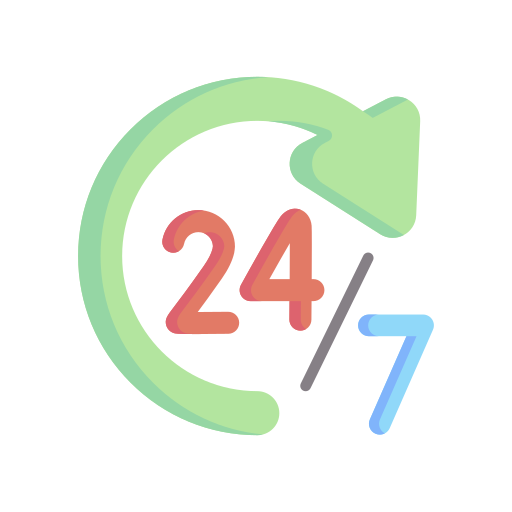E-learning platforms are changing the way we learn. They offer flexibility and convenience.
Online education is booming. People now have access to countless courses and resources from their homes. E-learning platforms bridge the gap between traditional education and modern technology. They allow learners to study at their own pace and schedule. Whether you’re looking to pick up a new skill or advance your career, these platforms cater to all needs.
With interactive tools and engaging content, learning has never been more accessible. Dive into the world of e-learning to discover endless opportunities. Explore how these platforms can transform your educational journey.
Introduction To E-learning
In the digital age, E-Learning has emerged as a powerful educational tool. It allows learners to gain knowledge from anywhere in the world. This method of learning is flexible and accessible.
What Is E-learning?
E-Learning is a type of education delivered via the internet. It includes various formats such as online courses, webinars, and virtual classrooms. Learners can access materials at their own pace.
| Type | Description |
|---|---|
| Online Courses | Structured learning with modules and assessments |
| Webinars | Live sessions on specific topics |
| Virtual Classrooms | Interactive classes with real-time communication |
Historical Background
The concept of E-Learning began in the early 1990s. Initially, it was limited to computer-based training. As the internet grew, so did the scope of E-Learning. The 2000s saw a significant rise in online education platforms.
- 1990s: Computer-based training started.
- Early 2000s: Internet-based courses became popular.
- 2010s: Mobile learning and MOOCs emerged.
Today, E-Learning platforms are diverse and widely used. They offer a range of courses and resources. This growth has transformed traditional education methods.
Benefits Of E-learning
E-Learning platforms have transformed education. They offer many advantages over traditional learning methods. Let’s explore some key benefits.
Accessibility And Flexibility
Accessibility is a major benefit of e-learning. Students can access course materials anytime, anywhere. This is especially helpful for those with busy schedules or living in remote areas.
Flexibility is another key advantage. Students can learn at their own pace. This means they can spend more time on difficult topics and less on easier ones.
Cost-effectiveness
E-learning is often more cost-effective than traditional education. There are no travel or accommodation costs. Additionally, many e-learning platforms offer free or affordable courses.
| Traditional Learning | E-Learning |
|---|---|
| Travel expenses | No travel expenses |
| Fixed schedule | Flexible schedule |
| High tuition fees | Lower or no tuition fees |
With these benefits, it’s clear why e-learning platforms are growing in popularity. They provide a flexible and cost-effective way to learn.
Key Features Of E-learning Platforms
E-learning platforms offer many features that make learning online effective and engaging. These platforms are designed to cater to different learning styles and needs. Let’s explore some of the key features that make e-learning platforms stand out.
Interactive Content
One major feature of e-learning platforms is interactive content. This type of content keeps learners engaged and motivated. Interactive content can include:
- Quizzes and tests
- Videos and animations
- Simulations and games
- Discussion forums
These elements make learning more enjoyable. They also help with better retention of information. Interactive content allows learners to actively participate, rather than passively read or listen.
Personalized Learning
Another important feature is personalized learning. E-learning platforms can adapt to individual needs. They offer tailored content based on the learner’s progress and preferences. Personalized learning can include:
- Adaptive learning paths
- Customizable course modules
- Progress tracking
- Feedback and recommendations
With personalized learning, students can learn at their own pace. They can focus on areas where they need improvement. This makes the learning process more efficient and effective.
In summary, e-learning platforms provide interactive content and personalized learning. These features help create a more engaging and effective learning experience.

Credit: www.paradisosolutions.com
Popular E-learning Platforms
E-learning platforms have become a vital part of education today. They offer flexibility and accessibility for learners worldwide. Let’s explore two popular e-learning platforms: Coursera and Udemy.
Coursera
Coursera is a well-known e-learning platform. It partners with top universities and organizations. Coursera offers a variety of courses in many fields. These courses range from computer science to arts and humanities. Many courses on Coursera are free to audit. This allows learners to access course materials without paying. For those seeking certification, paid options are available.
Coursera also offers specializations and degrees. These programs provide a deeper understanding of a subject. They are often more rigorous and require more commitment. Coursera’s user-friendly interface makes learning enjoyable and straightforward. The platform also offers financial aid for those who qualify.
Udemy
Udemy is another popular e-learning platform. It offers a vast selection of courses in various subjects. Unlike Coursera, Udemy focuses on practical skills. Courses on Udemy are often created by industry experts. This ensures that the content is relevant and up-to-date.
Udemy courses are generally affordable. Frequent sales and discounts make them even more accessible. Udemy also allows lifetime access to purchased courses. This means learners can revisit the material whenever needed. The platform’s rating and review system help learners choose the right courses.
Both Coursera and Udemy provide valuable learning experiences. They cater to different needs and preferences. Choosing the right platform depends on your goals and interests.
Technologies Driving E-learning
In the modern world, e-learning platforms are changing how we learn. These platforms use advanced technologies to make learning more effective and enjoyable. Let’s explore two key technologies driving this transformation.
Artificial Intelligence
Artificial Intelligence (AI) is a major force in e-learning. AI helps create personalized learning experiences. It can adapt to each student’s needs and preferences.
- Adaptive Learning: AI adjusts the difficulty of lessons based on student performance.
- Automated Grading: AI can grade assignments and quizzes quickly and accurately.
- Chatbots: AI-powered chatbots provide instant help and support to students.
These features make learning more engaging and efficient. Students receive immediate feedback and support, which enhances their learning experience.
Virtual Reality
Virtual Reality (VR) is another exciting technology in e-learning. VR creates immersive learning environments. Students can explore and interact with 3D worlds.
Here are some benefits of VR in e-learning:
- Hands-On Learning: VR allows students to practice skills in a virtual setting.
- Engaging Content: VR makes learning more fun and interactive.
- Safe Environment: VR provides a risk-free space for experimentation.
With VR, students can experience real-world scenarios. This enhances their understanding and retention of information.
In conclusion, AI and VR are transforming e-learning. They offer personalized, engaging, and immersive learning experiences. These technologies are shaping the future of education.
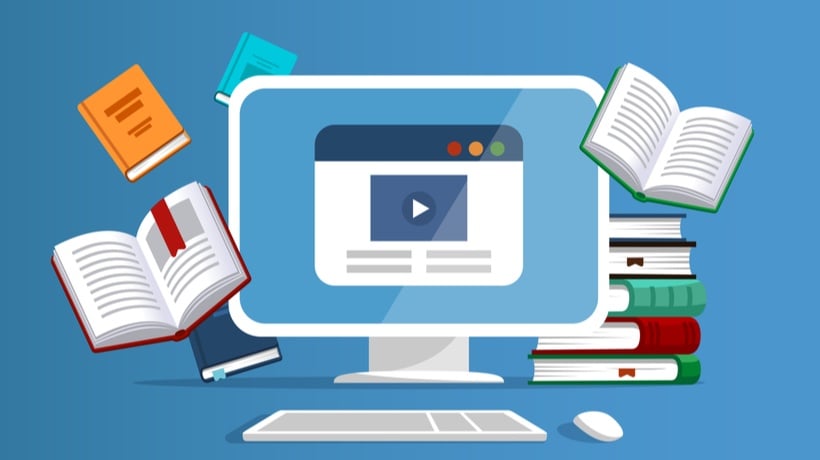
Credit: elearningindustry.com
Challenges In E-learning
E-Learning platforms offer many benefits. They provide flexibility and access to a wide range of courses. Yet, they come with certain challenges. Understanding these challenges can help improve the overall learning experience.
Digital Divide
Many people lack access to reliable internet. This creates a digital divide. Students without good internet cannot access online courses. This limits their learning opportunities. Additionally, some learners may not have the necessary devices. Without a computer or tablet, e-learning becomes difficult. Bridging the digital divide is essential for inclusive education.
Quality Of Content
The quality of e-learning content varies. Some courses are well-designed and engaging. Others may lack depth and clarity. Poor-quality content can lead to confusion. It can also reduce student motivation. Ensuring high-quality content is key. This means clear explanations, interactive elements, and regular updates. Students deserve well-organized and informative lessons.
Future Of E-learning
The future of e-learning looks bright and full of potential. Technology is rapidly changing the way we learn. E-learning platforms are becoming more sophisticated. They offer personalized and interactive experiences. This section explores the future of e-learning under the headings: Emerging Trends and Potential Innovations.
Emerging Trends
Several trends are shaping the future of e-learning. Let’s take a closer look.
- Artificial Intelligence (AI): AI can create personalized learning paths. It can analyze student performance and provide tailored content.
- Gamification: Adding game elements to learning makes it fun. It increases engagement and motivation.
- Microlearning: Short, focused lessons are becoming popular. They are easy to digest and fit into busy schedules.
- Mobile Learning: Learning on mobile devices is on the rise. It allows learning anytime and anywhere.
Potential Innovations
Innovation is key to the future of e-learning. Here are some potential innovations to watch.
| Innovation | Description |
|---|---|
| Virtual Reality (VR) | VR can create immersive learning experiences. It is perfect for subjects requiring hands-on practice. |
| Augmented Reality (AR) | AR adds digital elements to the real world. It can enhance learning with interactive visuals. |
| Blockchain Technology | Blockchain can secure and verify educational records. It ensures trust and transparency. |
| Adaptive Learning | Adaptive learning systems adjust to student needs. They provide customized feedback and resources. |
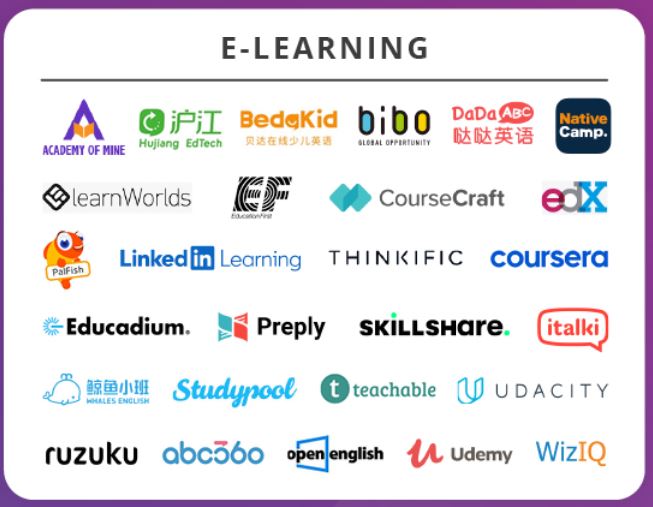
Credit: blog.payoneer.com
Frequently Asked Questions
What Are E-learning Platforms?
E-learning platforms are online tools designed to facilitate learning through digital resources. They offer courses, training programs, and educational content accessible via the internet.
How Do E-learning Platforms Work?
E-learning platforms work by providing users with access to educational content online. Users can enroll in courses, complete assignments, and track their progress.
What Benefits Do E-learning Platforms Offer?
E-learning platforms offer flexibility, accessibility, and a wide range of courses. They allow learners to study at their own pace, from anywhere.
Are E-learning Platforms Effective For Learning?
Yes, E-learning platforms are effective. They provide interactive content, real-time feedback, and personalized learning experiences, which enhance the learning process.
Conclusion
E-learning platforms offer flexible and accessible education for everyone. They provide diverse courses, catering to various interests and skill levels. Students can learn at their own pace, making education more personalized. These platforms also connect learners with expert instructors worldwide.
As technology advances, e-learning continues to improve and expand. Adopting e-learning can enhance knowledge and skills efficiently. So, explore these platforms and embrace the future of education.

Sofia Grant is a business efficiency expert with over a decade of experience in digital strategy and affiliate marketing. She helps entrepreneurs scale through automation, smart tools, and data-driven growth tactics. At TaskVive, Sofia focuses on turning complex systems into simple, actionable insights that drive real results.







